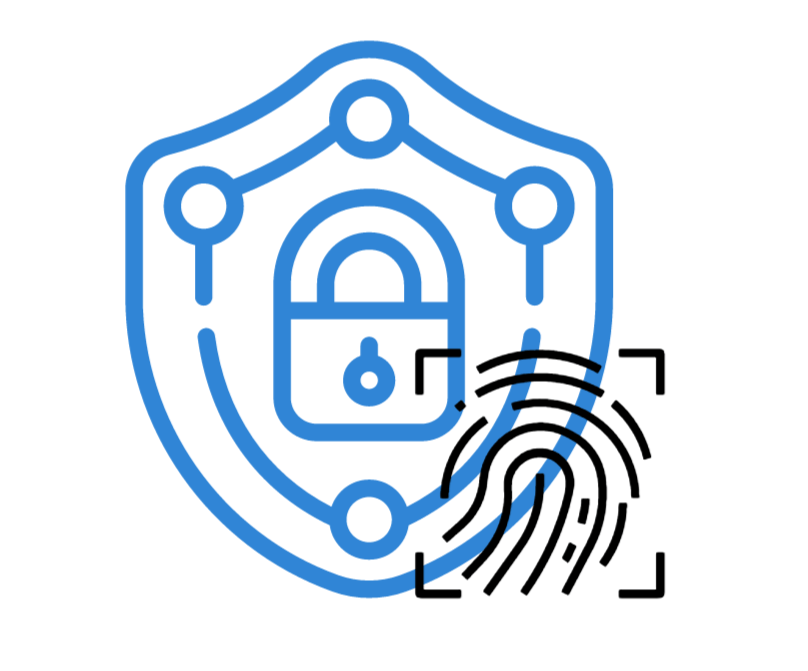

In recent years, cyberattacks targeting the healthcare industry have become increasingly prevalent, posing significant threats to patient privacy and data security. The recent cyber attack on Change Healthcare, a leading healthcare technology company, underscores the urgent need for healthcare organizations to strengthen their cybersecurity defenses and safeguard sensitive patient information. Let's delve into the details of the Change Healthcare cyber attack and explore the implications for patient data security.
The Change Healthcare Cyber Attack: What Happened?In early 2021, Change Healthcare, a major provider of healthcare technology and revenue cycle management solutions, disclosed a cybersecurity incident involving unauthorized access to its network. The cybercriminals gained access to certain files containing sensitive personal and financial information, including patients' names, addresses, dates of birth, and Social Security numbers. While Change Healthcare promptly initiated an investigation and implemented remediation measures, the incident raised concerns about the security of patient data and the potential impact on affected individuals.
Implications for Patient Data SecurityThe Change Healthcare cyber attack highlights the grave consequences of cybersecurity breaches in the healthcare sector. Patient data is among the most valuable assets targeted by cybercriminals, who seek to exploit vulnerabilities in healthcare systems for financial gain or malicious purposes. The exposure of sensitive personal and financial information poses serious risks to individuals, including identity theft, financial fraud, and reputational harm.
Importance of Cybersecurity in HealthcareSteps Toward Enhanced Cybersecurity
1 - Conduct regular risk assessments to identify vulnerabilities and prioritize mitigation efforts.
2 - Implement multi-layered security controls, including firewalls, intrusion detection systems, and endpoint protection solutions.
3 - Provide comprehensive cybersecurity training and awareness programs for employees to recognize and respond to security threats effectively.
4 - Establish incident response plans and procedures to detect, contain, and mitigate cybersecurity incidents promptly.
5 - Collaborate with cybersecurity experts, industry partners, and government agencies to share threat intelligence and best practices for cyber defense.
Cybersecurity is paramount in safeguarding patient data and maintaining trust in the healthcare system. Healthcare organizations must prioritize cybersecurity initiatives to protect against evolving cyber threats and mitigate the risk of data breaches. This includes implementing robust security measures, such as encryption, access controls, and threat detection systems, to defend against unauthorized access and data exfiltration.
Ensuring Compliance with Data Protection Regulations
In addition to protecting patient data from cyber threats, healthcare organizations must adhere to stringent data protection regulations, such as the Health Insurance Portability and Accountability Act (HIPAA) and the Health Information Technology for Economic and Clinical Health (HITECH) Act. Compliance with these regulations is essential for maintaining patient confidentiality, privacy, and trust, and non-compliance can result in severe financial penalties and reputational damage.
Conclusion
The Change Healthcare cyber attack serves as a stark reminder of the persistent threat posed by cybercriminals to patient data security in the healthcare industry. Healthcare organizations must remain vigilant and proactive in addressing cybersecurity risks, protecting sensitive information, and upholding the trust and confidence of patients. By prioritizing cybersecurity initiatives and adopting a proactive approach to threat detection and response, healthcare organizations can mitigate the risk of cyberattacks and ensure the integrity, confidentiality, and availability of patient data in an increasingly digital healthcare landscape. At Impact RCM, we are fully HIPAA Compliant and our IT team ensures that state-of-the-art technology measures are in place to protect the data and PHI.